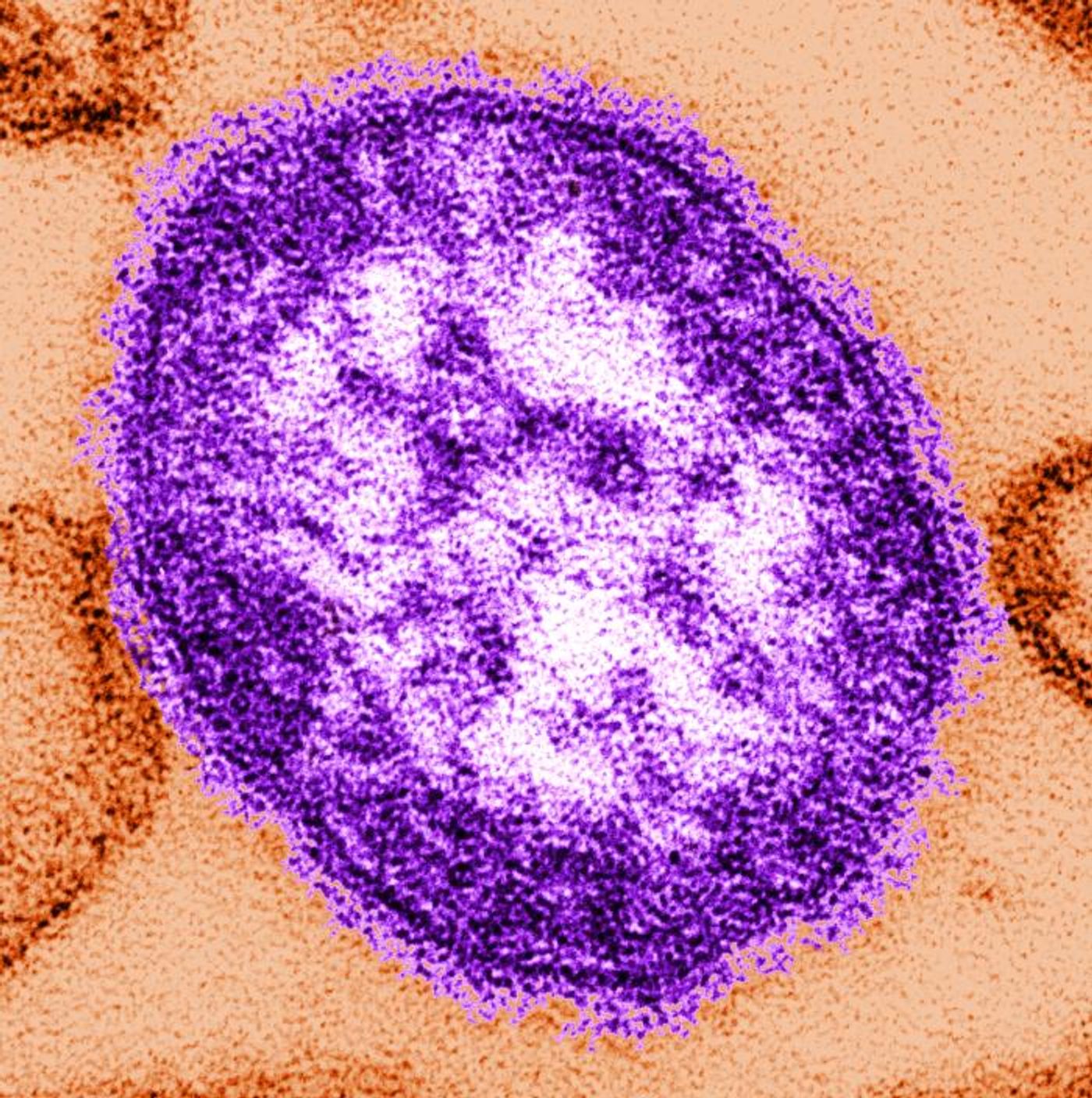Measles Deaths Surge as Vaccinations Lag
Vaccination rates for measles dropped considerably during the pandemic, and now deaths from the highly infectious disease are spiking. According to a new report from the Centers for Disease Control and Prevention (CDC), global deaths caused by measles increased by about 43 percent from 2021 to 2022. Overall, measles cases increased 18 percent from 2021 to 2022, and there have been waves of infections in unvaccinated children. In 2022, about 9 million measles cases occurred, and 136,000 people died from the infection, most of whom were children. The findings have been reported in the CDC journal Morbidity and Mortality Weekly Report.
"The increase in measles outbreaks and deaths is staggering, but unfortunately, not unexpected given the declining vaccination rates we've seen in the past few years," John Vertefeuille, director of the Global Immunization Division at the CDC. "Measles cases anywhere pose a risk to all countries and communities where people are undervaccinated. Urgent, targeted efforts are critical to prevent measles disease and deaths."
Measles is caused by the measles virus and is a highly infectious disease; it's among the most infectious pathogens ever encountered by humans. The disease causes a cough, fever, runny nose, and a rash. Complciations can include seizures, encephalitis, hearing loss, or blindness, and it can lead to death.
It can be easily prevented with a vaccine that requires two doses. In recent year, sbout 33 million kids are thought to have missed one of the two doses of measles vaccine; around 22 million did not get a first dose, while 11 million didn't get the second dose. their second dose of measles vaccine.
Worldwide, about 83 percent of people have received the first dose of measles vaccine, while about 74 percent have also gotten the second dose. Herd immunity for measles, which is particularly important for those who are immunocompromised or for babies who are too young to get the vaccine, requires that 95 percent of people in a community have both doses. Children aged 1 to 12 years are eligible for the vaccine. Older people can also get booster shots.
Most kids who did not get a first dose of measles vaccine live in only ten countries: Angola, Brazil, Democratic Republic of the Congo, Ethiopia, India, Indonesia, Madagascar, Nigeria, Pakistan, and the Philippines.
There were major outbreaks of measles in 37 countries in 2022, increasing from 22 countries the previous year.
"The lack of recovery in measles vaccine coverage in low-income countries following the pandemic is an alarm bell for action. Measles is called the inequity virus for good reason. It is the disease that will find and attack those who aren't protected," said Kate O'Brien, the Director for Immunization, Vaccine and Biologicals at the World Health Organization (WHO). "Children everywhere have the right to be protected by the lifesaving measles vaccine, no matter where they live."
Measles vaccinations are thought to have prevented about 57 million deaths around the world, just since the year 2000. The COVID-19 pandemic caused a major disruption in vaccination efforts, however, and immunization rates are not returning to previous levels.
Vaccination rates are also decreasing even in wealthy countries like the United States. Another new report from the CDC found that during the 2021 to 2022 school year, vaccination coverage among children was around 93 percent for all reported vaccines, which is a decline from 95 percent in the 2019 to 2022 school year.. Families who are opting not to get their children vaccinated have increased from 0.4 percent to 3.0 percent. In ten states, the vaccine exemption rate is over ten percent. Measles coverage for American kids is now about 93 percent, which is below herd immunity levels.
Sources: WHO, Morbidity & Mortality Weekly Report









